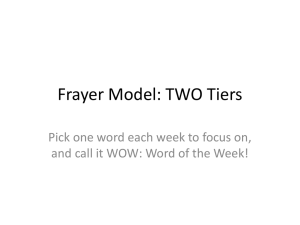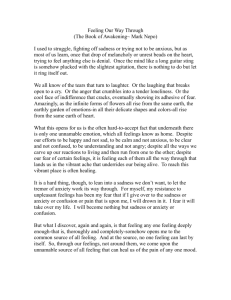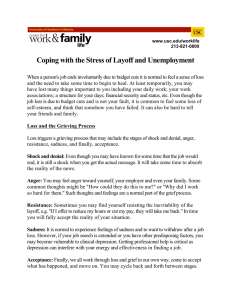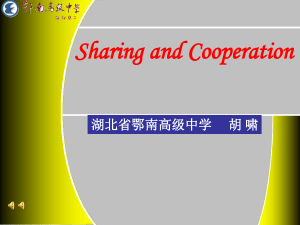depression vs. normal sadness
advertisement
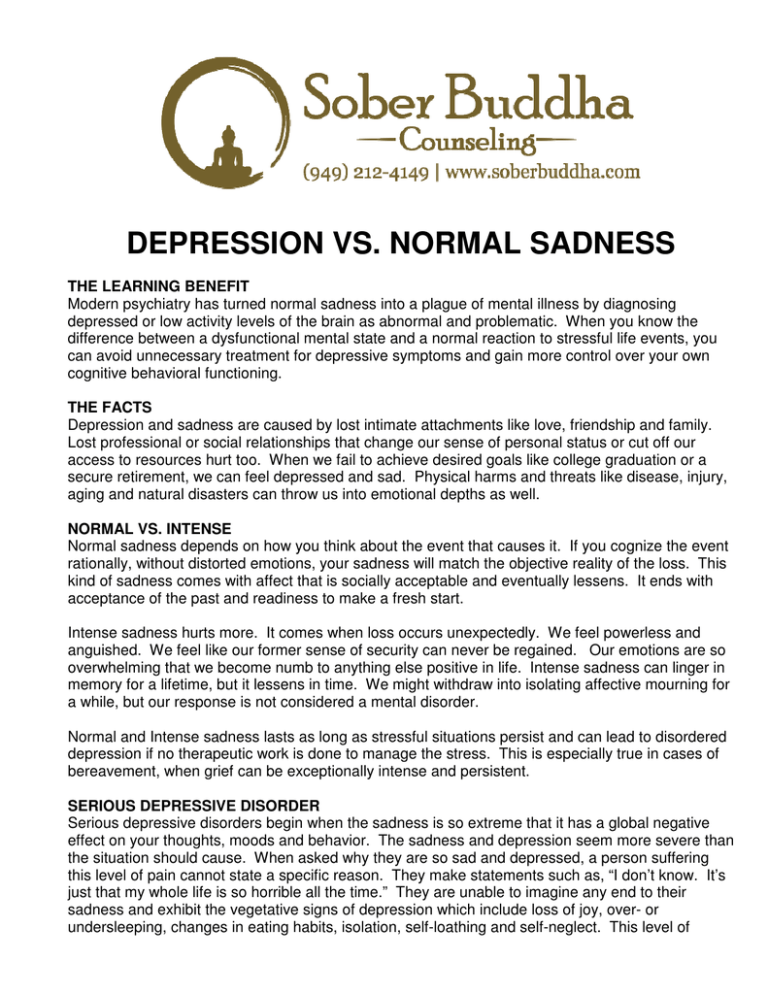
DEPRESSION VS. NORMAL SADNESS THE LEARNING BENEFIT Modern psychiatry has turned normal sadness into a plague of mental illness by diagnosing depressed or low activity levels of the brain as abnormal and problematic. When you know the difference between a dysfunctional mental state and a normal reaction to stressful life events, you can avoid unnecessary treatment for depressive symptoms and gain more control over your own cognitive behavioral functioning. THE FACTS Depression and sadness are caused by lost intimate attachments like love, friendship and family. Lost professional or social relationships that change our sense of personal status or cut off our access to resources hurt too. When we fail to achieve desired goals like college graduation or a secure retirement, we can feel depressed and sad. Physical harms and threats like disease, injury, aging and natural disasters can throw us into emotional depths as well. NORMAL VS. INTENSE Normal sadness depends on how you think about the event that causes it. If you cognize the event rationally, without distorted emotions, your sadness will match the objective reality of the loss. This kind of sadness comes with affect that is socially acceptable and eventually lessens. It ends with acceptance of the past and readiness to make a fresh start. Intense sadness hurts more. It comes when loss occurs unexpectedly. We feel powerless and anguished. We feel like our former sense of security can never be regained. Our emotions are so overwhelming that we become numb to anything else positive in life. Intense sadness can linger in memory for a lifetime, but it lessens in time. We might withdraw into isolating affective mourning for a while, but our response is not considered a mental disorder. Normal and Intense sadness lasts as long as stressful situations persist and can lead to disordered depression if no therapeutic work is done to manage the stress. This is especially true in cases of bereavement, when grief can be exceptionally intense and persistent. SERIOUS DEPRESSIVE DISORDER Serious depressive disorders begin when the sadness is so extreme that it has a global negative effect on your thoughts, moods and behavior. The sadness and depression seem more severe than the situation should cause. When asked why they are so sad and depressed, a person suffering this level of pain cannot state a specific reason. They make statements such as, “I don’t know. It’s just that my whole life is so horrible all the time.” They are unable to imagine any end to their sadness and exhibit the vegetative signs of depression which include loss of joy, over- or undersleeping, changes in eating habits, isolation, self-loathing and self-neglect. This level of incapacitating sadness and depression is considered socially unacceptable because the sufferer usually isolates, refuses help or requires exceptional levels of care resources. THE WRITING EXERCISE Everyone experiences sadness and depressive symptoms, but for addicts struggling with emotional hypersensitivity, experiences that would cause normal sadness to other people can become exaggerated into genuine depressive disorders. Think about a personal experience of sadness and write down how you see your addictive thinking and behavior affected the experience. You will see that escaping into addictive thinking and behavior exacerbates the bad feelings. Describe an event that caused you sadness. Did it feel like normal or intense sadness or a disordered depression? How long did it last? What did you think about during the episode? Did you act out your addiction to cope with the sadness? If so, how did it make the situation worse? How can you manage similar sadness more productively in the future?

